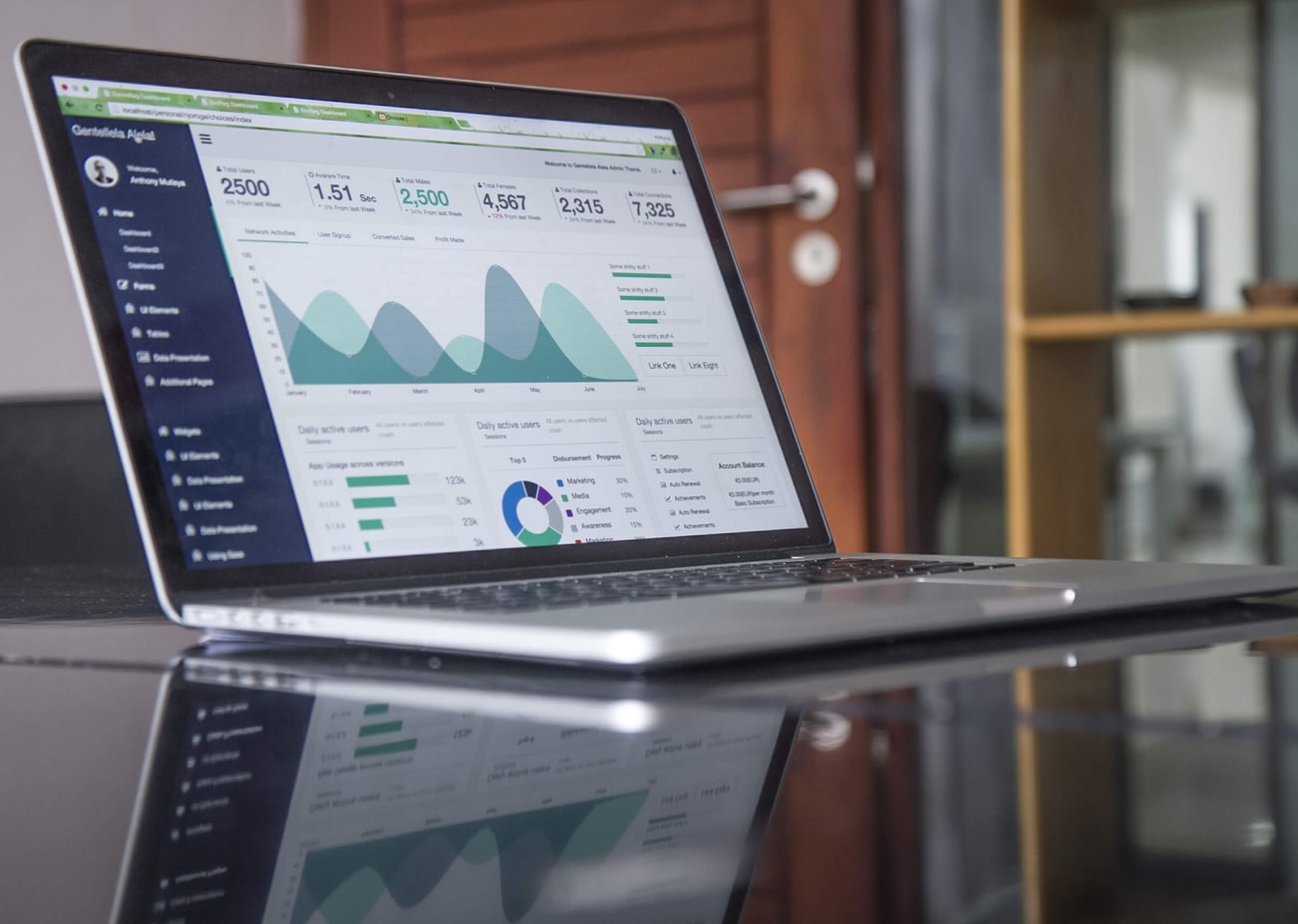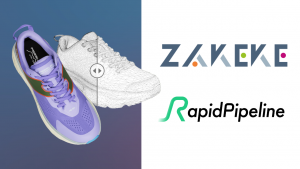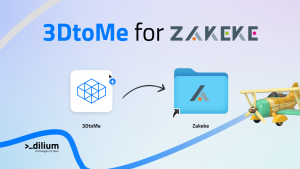Although it may go without saying, unlike Kevin Costner’s character in sentimental baseball movie ‘Field of Dreams’, simply building something is not enough to guarantee anyone will come looking for it.
And so it is with eCommerce stores. You may have done everything to bring it to life. You’ve got the right domain name and an eye-catching web shop. You’ve done all your market research and have 100% certainty of who your target customer is. You may even have secured all the right supplier partnerships.
Now comes the hard part – driving traffic to your store, keeping customers there, encouraging them to buy, and giving them a reason to come back.
But where do budding Bezos’ begin? They start by getting their eCommerce KPIs in order.
What Are KPIs?
eCommerce KPIs? Yup, your online store’s Key Performance Indicators. Or, in (slightly) less business-y terms, the factors that lead to actions and outcomes.
Unlike metrics, which are essentially how you determine the progress of a specific process (without bias) a KPI has momentum. It’s driven towards an overall business objective. It’s goal-orientated, so to speak. But it’s still an effective way of determining progress.
Confused? Ok, so maybe that last sentence was deliberately misleading. There are a lot of crossovers between KPIs and metrics for one good reason – they can sometimes be one and the same. Basically, a KPI can function as a metric, but a metric alone is not a KPI.
We need an example.
Think of it like this – we want to increase our eCommerce store’s Average Order Value (see below for more). This is our KPI – to increase it, not merely to measure it. But, to understand an increase in our Average Order Value we’ll need to measure its progression.
The main difference between KPIs and metrics is essentially intent and purpose. And intent drives things forwards.
The Most Important eCommerce KPIs to Focus On:

KPIs are always linked to business objectives – that’s a given. Knowing the desired outcome means finding a path towards achieving it. This is where KPIs come into their own. They function as milestones – points which need to be reached in order to declare something as inherently successful.
In eCommerce, KPIs are data-driven – which makes complete sense. However, while they’re ultimately geared towards increasing sales, they address a very specific part of the process; as you’ll see.
Let’s consider some of the most important eCommerce KPIs.
1) Conversion Rate (CR)
The conversion rate is essentially the amount of shoppers who bought something against the number of site visits.
In real world terms, it’s the amount of people who come into your store measured against the number of people who made an actual purchase. It’s a percentage. Get 100 people in to your store and only 10 buy something, then you have a conversion rate of 10%
So how do you boost the conversion rate? You give shoppers something truly unique – access to a product, service, or experience that they’ll enjoy. The more invested consumers become, the greater the chance of a purchase.
2) Average Order Value (AOV)
Average Order Value isn’t strictly how much each customer brings in each time. Well, actually it is – but there’s a little more to it. Essentially it’s ‘revenue generated’ divided by the number of orders. The resulting number is the AOV.
Basically, it’s a way of understanding how much money each customer generates for the business – data which can consequently determine how much they’re worth spending on to acquire, which leads us neatly on to…
3) Customer Acquisition Cost (CAC)
Probably one the better known eCommerce KPIs, the customer acquisition cost is a measure of how much companies should spend on attracting and onboarding new business. It’s the gap between the budget received and the number of successful conversions.
Once you know what customers will spend on average, a cost can be attributed to acquiring each one. The better a company gets at lowering this cost, the more profitable they’ll be. It’s essentially a continuous improvement process.
4) Customer Lifetime Value (CLV)
CLV operates on the assumption that your business wants to establish a long term relationship with its customers. As a metric, it can be used to determine how much revenue customers will produce for your company over the entire course of your relationship with them.
It’s calculated by multiplying the Average Order Value by the average number of repeat purchases per customer.
And what does good look like here? More money over a longer period of time.
5) Net Promoter Score (NPS)
Net Promoter Scores. We’ve all seen them somewhere – a questionnaire, popup box, or similar: would we recommend this product or service to a friend?
It’s actually a very accurate way of understanding the qualitative ‘how customers feel about your business’ with the quantitative ‘marks out of 10’.
It may sound a little simplistic – it’s effectively the difference between good points (from promoters) and bad ones (from detractors) – but it’s super valuable.
6)Shopping Cart Abandonment Rate
Ah yes. The whole customer thinking ‘let’s see how much this is all going to cost… ‘ before realizing ‘HOW MUCH??’ at the last hurdle.
You can work this out by dividing the number of shoppers completing transactions, by the number of shoppers adding items to the cart. You’ll soon see how alarmingly high these rates are – more than three quarters of eCommerce shoppers abandon their carts according to research.
But even more worryingly, a high cart abandonment rate can indicate wider site problems – such as a lack of trust or transparency.

7)Contribution Margin (CM)
Once you subtract all of your costs – production, marketing, sales, packaging etc – from the total revenue, you’re left with your contribution margin.
It’s NOT the same as your profit. Essentially some costs (eg marketing) are variable and are subject to change, while others (eg materials) are fixed.
Being able to separate these out and look at them objectively puts site owners in a more advantageous position – they can see what’s working, what’s not, and make necessary adjustments to the variable costs. This then impacts everything from pricing to product development.
Conclusion
Given the vast number of eCommerce KPIs there are, it goes almost without saying that the more time you spend on perfecting these, the better the impact on overall sales. Mastering them individually can take time, but there are commonalities between many of them – such as how Average Order Value segues into Customer Acquisition Costs, before dovetailing neatly with Customer Lifetime Value.
In practice, however, as eCommerce KPIs will be applied to very specific objectives, they can uncover many different things. While on the surface means giving customers a reason to visit your store, spend time there, enjoy their experience, and then return on a regular basis; the reality is that they can also reveal broader issues – trust, complexity, the cost of doing business with you.
But all eCommerce stores face these issues at some point. And if you’re just starting out, then there needs to be an even greater emphasis in providing a point of difference – something unifying that can help bolster numerous efforts.
That’s why at Zakeke we continue to help all kinds of businesses offer their customers an array of bespoke personalization tools – such as a customer product builder combined with a Print on Demand service.
What We Offer
Supported by multiple platforms – like Shopify, WooCommerce, Magento, Big Commerce, Salesforce and via API – using our custom product builder platform, customers can personalize their purchases: adding images, photos, and text, or tweaking pre-made designs to give the products they want a unique sense of style.
But, perhaps one of the most useful things for eCommerce business owners is the fact customer can see their creation in 3D and Augmented Reality.
Live pricing shows customers exactly what they’ll pay for their items, meaning they can head to the checkout knowing the overall price – helping build trust, provide transparency, and hit numerous KPIs in the process.
All things considered, customers can be a fickle bunch. But what every eCommerce KPI should work towards is finding the data needed to double down on those who are engaged – to drive repeat visits, create customer loyalty, and ultimately boost your sales.
Keen to experience the Zakeke difference? Check out our product demo to see for yourself.













